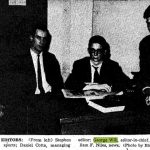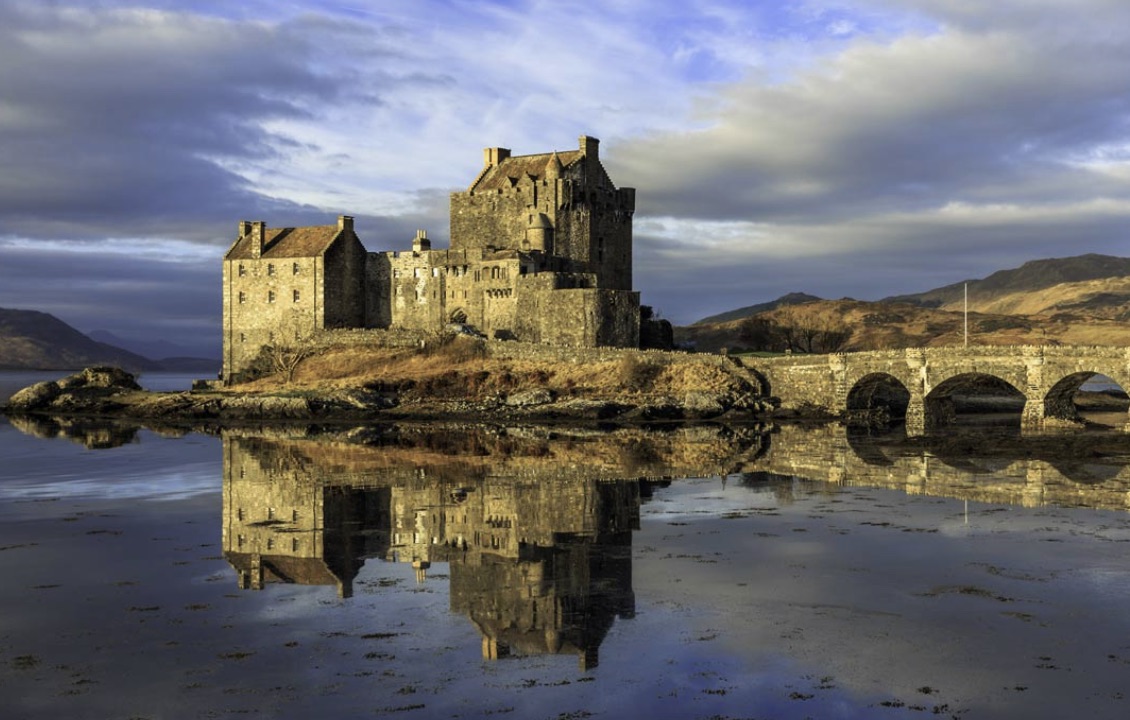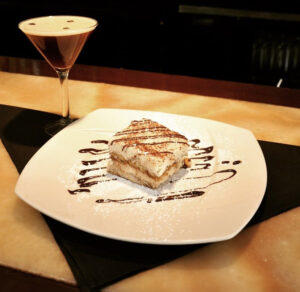Olivia Papp ’23
Features Editor
One of Scotland’s most famous sites to visit is called Eilean Donan Castle. This fortress resides in the Scottish Highlands, far away from the hustle and bustle of major cities such as Edinburgh, Glasgow, and Dundee. Visitors all over the world come to see this enchanting view, myself included. This site has also been utilized for films such as “Highlander.” The Eilean Donan Castle resides in Dornier, Scotland, specifically at the joining placing of Loch Duich, Loch Long, and Long Alsh.
The name “Donan” belongs to the castle which was built by a 7th-century Irish priest that was killed on Eigg island. This man was known for traveling to the West Coast of Scotland to convert the pagan inhabitants to Christianity.
A small bridge connects the castle to the mainland. The original structure of Eilean Donan Castle was built on an island in the early 13th century. This building was not constructed for luxurious purposes but rather to protect the lands of Kintail against the Vikings. The Vikings were a tribe that had settled in Scotland for centuries. The Vikings controlled the majority of Northern Scotland in addition to the Western Isles between 800 and 1270. In the year 1263, King Alexander III gave the castle to the son of the Earl of Desmond and Kildare, Colin Fitzgerald. During the 1300’s, a man by the name of Robert the Bruce was disowned by Clan Chiefs and was also being hunted by the English. As such, the man hid in the Eilean Donan Castle for one year. Through later winning more battles on Scottish lands, Bruce managed to become King of Scotland. The castle was said to have been attacked several times over the years.
Over time, this castle took different shapes, as it was bombed and then rebuilt. When the 14th century came about, the castle was knocked down to half its size; however, due to poor historical documentation, it is unclear why. Then again in 1719, Spanish soldiers were given refuge at the castle. When the English learned that the Spanish troops were supporting the Jacobites, the English government sent troops to attack the castle for three days. During this battle, the 14-foot thick walls of the castle did not let up. This is why the English sent more men to blow up the castle using 343 barrels of gunpowder after the Spanish surrendered. For about two hundred years following this bombardment of the castle, the structure was abandoned. Lt. Colonel John Macrae-Gilstrap then bought the island belonging to the castle in 1911 and proceeded to spend the next two decades reconstructing the Eilean Donan Castle. The new reconstruction of the castle was finished in 1932. The architect of the castle was Farquhar McRae who built the castle we see standing today. While today’s structure of the castle is not the original work, it is said to be extremely close to what it looked like hundreds of years ago. Today, visitors can take a tour of the castle grounds and the courtyard. Inside, tourists can observe the banquet hall, the bed chambers, and period kitchens.
I went to visit this castle this past weekend and found it to be spectacular. It seemed as though when I crossed the bridge to the castle, I had stepped back in time to a previous century. The views of the lochs were impeccable, as they stretched for miles before me between the green mountains. It is, in my experience, unique to walk over a body of water to get to a castle located atop an island. This castle has had remarkable endurance throughout the past centuries, surviving siege after siege. Now I, along with many tourists, am elated by the opportunity to walk through the same island where so much history was made.





+ There are no comments
Add yours